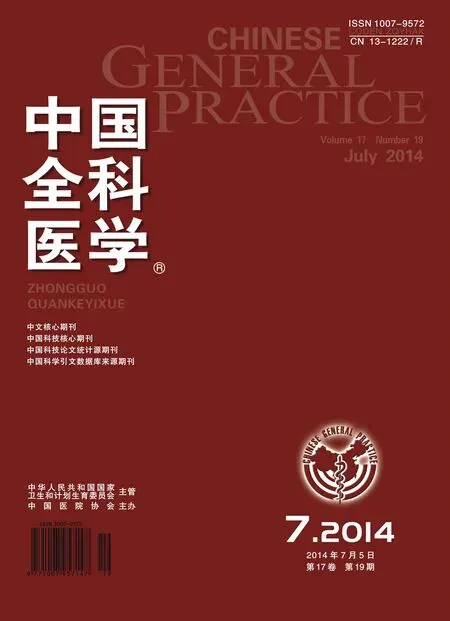Case Studies of John Murtagh(54)
——Challenging Cases in Neurology
,
Case1:Adangerouscaseofpostinfluenzafatigue
1History
Mel is a 17 year old college student who initially presented with generalised malaise and a feeling of weakness in her arms,especially in the right arm and wrist.She also described a tingling sensation in the arm.Her recent history was that of a febrile illness rather like influenza for three days before the arm problem.
Mel also complained of headache,nausea and an aching jaw as well as the right arm weakness.Sensation to touch was normal and reflexes equivocal.
2Diagnosisandtreatment
The attending doctor diagnosed the problem as general soreness following a viral infection.He also considered the possibility of carpal tunnel syndrome of the right wrist.
She was prescribed paracetamol and asked to return for review.
3Furtherhistory
Mia returned in two days with worsening symptoms.She now experienced difficulty walking and weakness with paraesthesia in all her limbs with obvious motor weakness and loss of reflexes.She also had weakness of the facial muscles.
The limb weakness started at the extremities and gradually ascended in the limbs.She was also having breathing difficulty and her peak flow was significantly reduced.
4Questions
4.1 Based on the history and examination findings what is your provisional diagnosis?
4.2 What are the serious complications of this illness?
4.3 Whist is the key investigation?
4.4 What is the treatment?
5Answers
5.1 This is a typical presentation of acute idiopathic demyelinating polyneuropathy also known as Guillain-Barre syndrome.Cause is considered to be autoimmune.
5.2 The serious complications are respiratory paralysis and paralysis of all limbs (about 2% fatality).
5.3 The key investigation is electrodiagnostic testing(nerve conduction studies).
5.4 The patient should be admitted for possible intensive nursing care.Plasmapheresis or IV immune globulin maybe required.
Case2:Arudeawakeningthedayaftervigorousexercise
1History
Hui is a 14 year old high school student with an interest in athletics.He presented the day after a heavy exercise program for his school gymnastics team.He awoke in the morning with weakness in all limbs especially of the quadriceps muscles.
2Examination
On examination he had a mild flaccid paralysis and loss of deep tendon reflexes.The weakness spontaneously improved during the day.He described that some relatives suffered from similar post exercise limb weakness.
3Questions
3.1 Based on the history what is your provisional diagnosis?
3.2 What is the genetic basis to this disorder?
3.3 What is one appropriate investigation?
4Answers
4.1 Familial periodic paralysis.
4.2 It is an autosomal dominant condition due to a genetic mutation causing a skeletal muscle calcium channelopathy with alterations in serum potassium levels.
4.3 Serum potassium during an ′attack′.It may be elevated or low.
5Summary
There is a difficult to make an immediate and clear diagnosis based on common symptoms and simple history,especially the potential causes related with autoimmune and/or familial factors.It is not an uncommon difficulty in routine general practice.Just reminding you the diagnostic model for presenting problem[1]:
●What is the probability diagnosis?
●What serious disorders must not be missed?
●What conditions are often missed (the pitfalls)?
●Could this patient have one of the ′masquerades′ in medical practice?
●Is the patient trying to tell me something else?
Reference
1 John Murtagh.Murtagh′s General Practice[M].McGraw-Hill Australia,2011.

